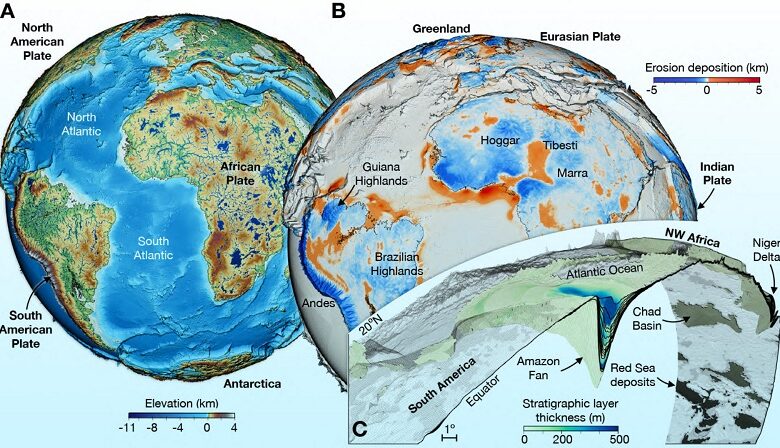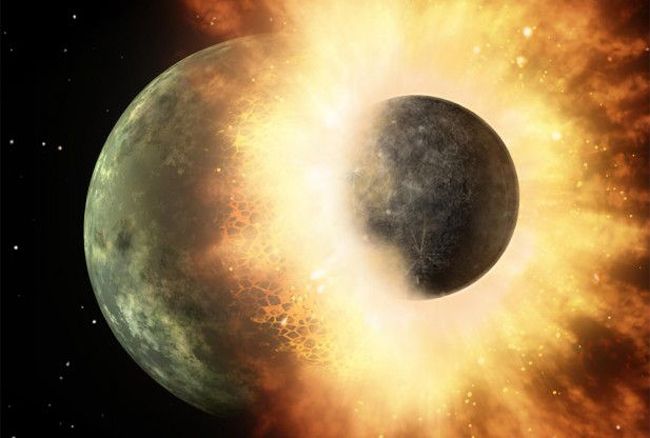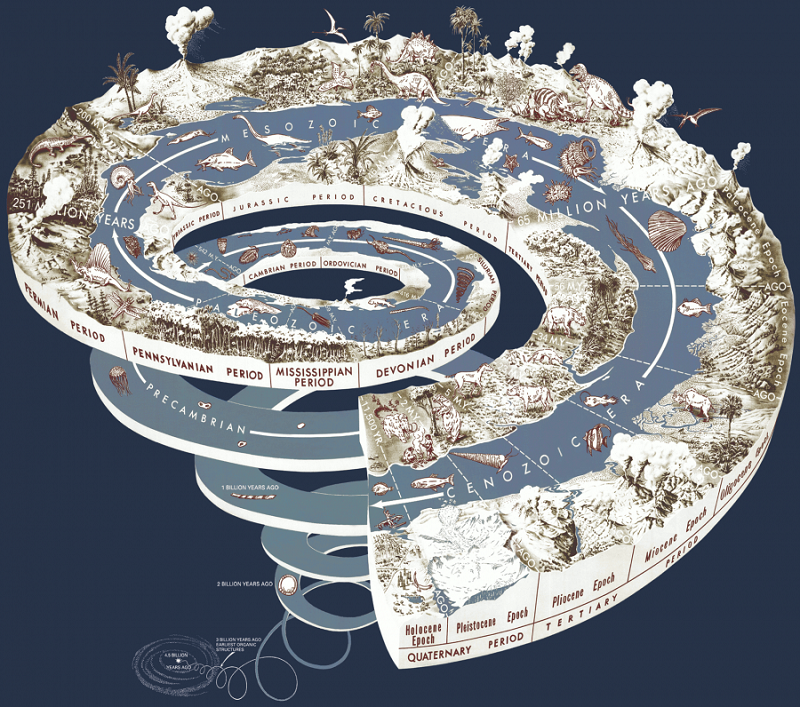Unravelling Earth’s Ancient Puzzle: A New Insight into Continent Formation

By Agnibeena Ghosh
Scientists from Curtin University have unveiled groundbreaking research that provides valuable insights into the formation of Earth’s continents. This pioneering study, featured in Earth Science Reviews, employed an extensive global database and Australia’s abundant lead-zinc ore deposits to reconstruct the Earth’s evolutionary timeline.
Dr Luc Doucet, the lead researcher from Curtin’s Earth Dynamics Research Group, explained that their primary goal was to determine when the continents, as we recognize them today, first began to take shape. This involved delving into the evolution of the Earth’s mantle, a process that has spanned billions of years, starting from the moon’s formation.

The moon came into existence roughly 4.5 billion years ago when a colossal asteroid collided with the early Earth. This impact played a crucial role in shaping the planet’s geological evolution. However, unravelling the mystery of how the continents emerged required an in-depth analysis of lead-zinc ore deposits and a global database.
To accomplish this ambitious task, the researchers at Curtin University embarked on a comprehensive study, employing a vast array of geological data. They harnessed Australia’s extensive lead-zinc ore deposits, which offered valuable insights into the Earth’s geological past. By combining these findings with a wealth of global data, the researchers gained a deeper understanding of the Earth’s evolutionary history.
The study’s findings have significant implications for our understanding of the Earth’s formation. By establishing a precise timeline for the evolution of the continents, researchers have unlocked crucial information about the planet’s early development. This knowledge paves the way for further insights into the geological processes that have shaped our world.
Dr. Doucet emphasized the importance of this research, stating that it provides a key piece of the puzzle in understanding the Earth’s ancient history. The data gathered from the lead-zinc ore deposits and the global database allowed the scientists to trace the formation of continents back through time, uncovering critical details about our planet’s geological evolution.

The Earth’s continents have undergone a remarkable journey over billions of years, and this study marks a significant advancement in deciphering their story. The researchers at Curtin University are excited about the possibilities this research unlocks for future studies in Earth sciences. By gaining a clearer picture of the Earth’s geological past, scientists can continue to expand their knowledge of the planet’s development. This research not only enhances our understanding of Earth’s continents but also contributes to a broader understanding of the forces that have shaped our planet’s landscape over millennia.
The study’s findings open up new avenues for exploring the Earth’s geological history. It sets the stage for further investigations into the early formation of the continents, offering fresh perspectives on the processes that have shaped the world we inhabit today.
Curtin University’s groundbreaking research is a testament to the power of scientific inquiry in unlocking the mysteries of our planet’s past. As we continue to delve deeper into Earth’s geological history, new revelations are bound to emerge, enriching our understanding of the world and its fascinating story of evolution.






